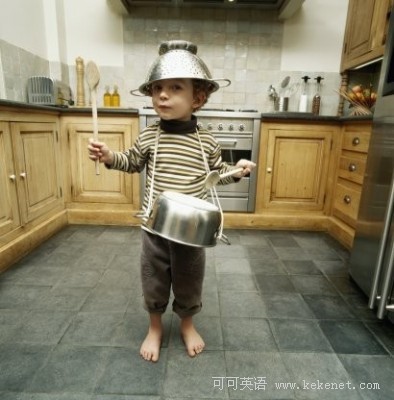
Parents and teachers who catch their children lying 'should not be alarmed -- and their children are not going to turn out to be pathological liars,' says Dr. Lee, who has spent the last 15 years studying how lying changes as kids get older, why some people lie more than others as well as which factors can reduce lying. 'The fact that their children tell lies is a sign that they have reached a new developmental milestone.'
發現孩子說謊的父母和老師們“不應該感到恐慌──他們的孩子也不會變成病態說謊者,”李強說。他在過去的15年里的研究課題是:隨著孩子年齡的增長撒謊會發生怎樣的變化,為什么有些人會說更多的謊話,以及哪些因素可以減少說謊。“孩子說謊標志著他們到達了一個新的發展階段。”
Dr. Lee and Victoria Talwar, a colleague he often collaborates with at McGill University, conducted a series of studies in which they bring children into a lab with hidden cameras. Children and young adults age 2 to 17 are enticed to lie by being told not to peek at a toy -- often a plush purple Barney dinosaur -- that is put behind the child's back. The test giver then leaves the room for one minute, ostensibly to answer a phone call, giving the child ample time to peek at the toy. Whether or not the child sneaks a look is caught on tape.
李強和他經常合作的麥吉爾大學(McGill University)同事維多利亞•塔爾瓦(Victoria Talwar)進行了一系列研究:他們將孩子帶入一間安裝有隱蔽攝像頭的實驗室。測試者告知年齡從兩歲到17歲的兒童和青少年受試者不要偷看放在他們背后的一個玩具──這個玩具通常是紫色毛絨恐龍Barney──以此誘使他們撒謊。然后,測試者離開房間一分鐘,表面上是接電話,給孩子們足夠的時間去偷看玩具。而孩子們是否偷看則被錄像帶記錄了下來。


















